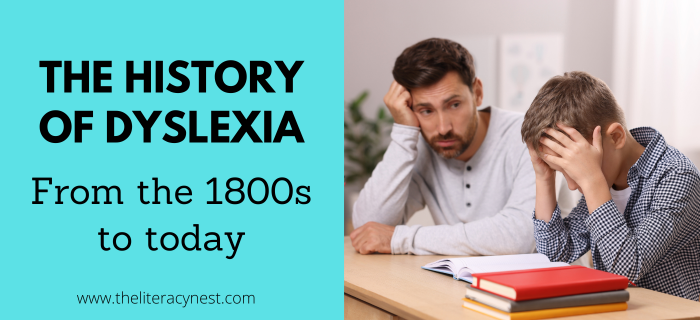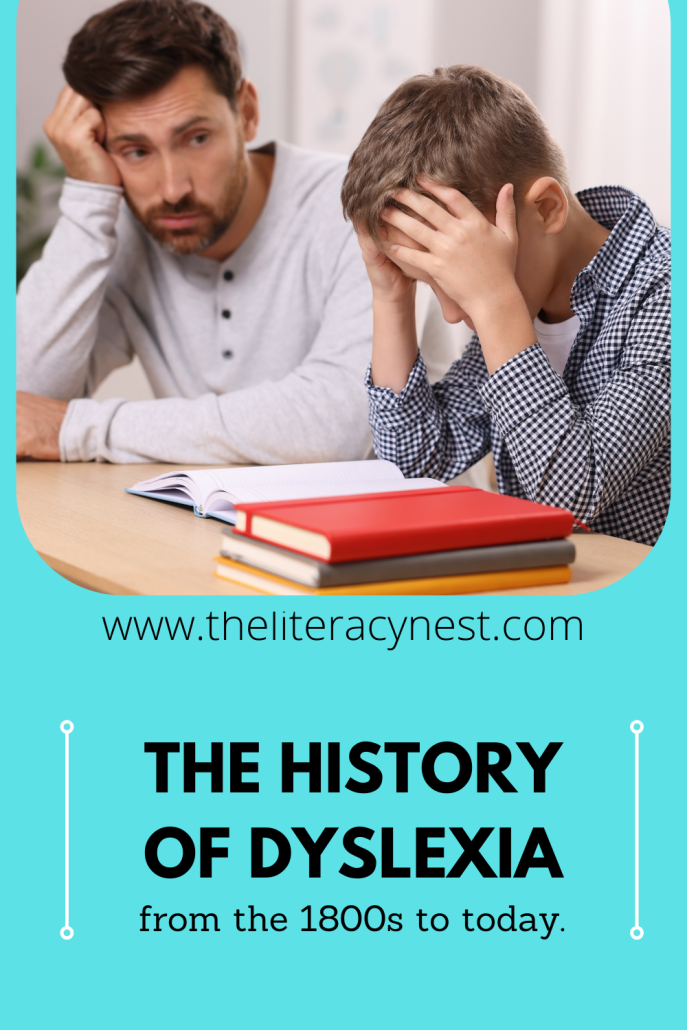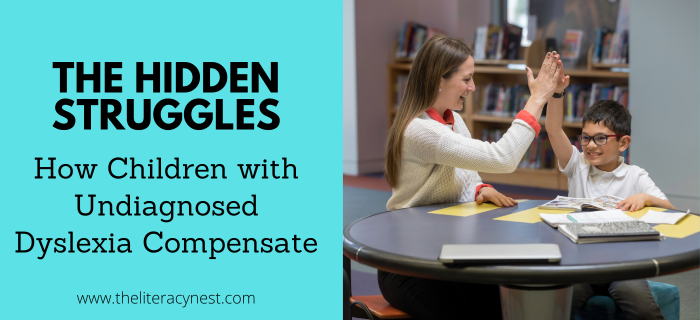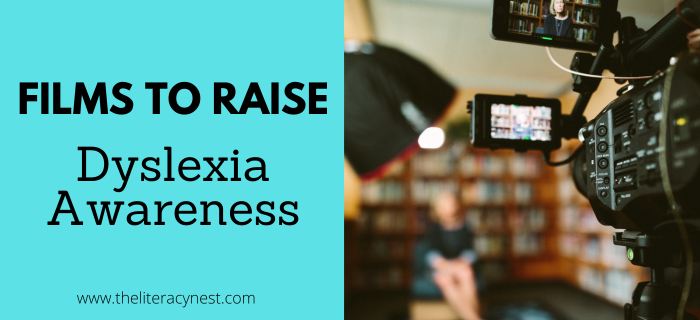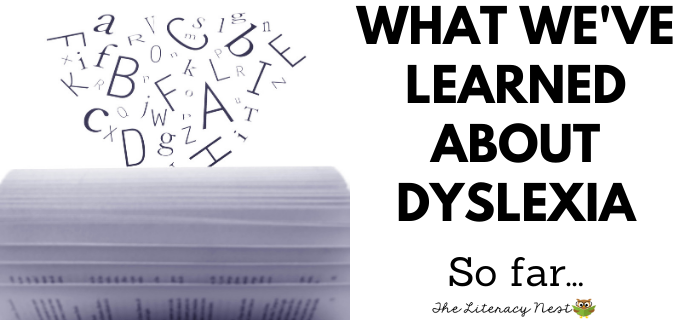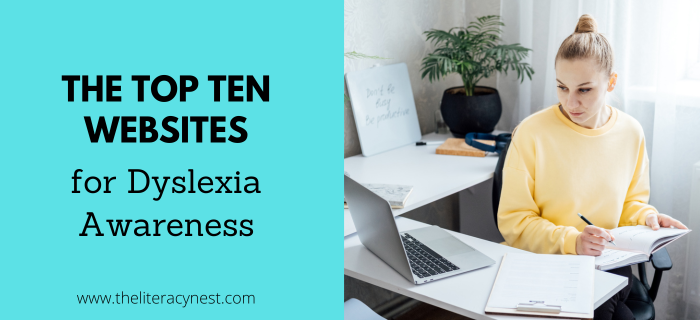History of Dyslexia: From the 1800s to Today
Dyslexia is one of the most researched learning differences in the world. On the other hand, dyslexia is also the most misunderstood. For centuries, bright students who struggled with reading were mislabeled, misunderstood, or left behind. Today, we know that dyslexia is a neurobiological learning difference that primarily affects reading, spelling, and phonological processing. But how did we get here? It’s a long journey through the history of dyslexia. To learn more about dyslexia, we must learn how it was discovered, how our understanding evolved, and what it means for those living with it today.
1800s: The Birth of Dyslexia
In the mid-to-late 19th century, literacy was spreading rapidly across Europe. As more children attended school, teachers noticed that some bright, articulate children struggled while learning to read.
- 1877: German neurologist Adolph Kussmaul described cases of “word-blindness,” noting that some people couldn’t read despite normal vision and intelligence.
- 1881: Oswald Berkhan observed similar cases, laying early groundwork for the study of dyslexia.
- 1887: The term dyslexia was coined by Rudolf Berlin, a German ophthalmologist. The word comes from the Greek dys (difficulty) and lexia (language).
- 1896: British physician W. Pringle Morgan published a case study titled “Congenital Word Blindness.” He described a 14-year-old boy of high intelligence who simply couldn’t learn to read, even though he excelled in other areas.
These early reports were groundbreaking. They shifted thinking from “lazy readers” to the idea that reading struggles could exist in bright, capable children.
Early 20th Century: From Word Blindness to Scientific Inquiry
As the 1900s began, doctors and scientists dug deeper. James Hinshelwood, a Scottish ophthalmologist, published studies describing “congenital word-blindness.” He believed these children had specific visual memory problems while reading and spelling. This is when the history of dyslexia really started to unfold.
In the U.S., Dr. Samuel T. Orton became one of the most influential figures in dyslexia research. In the 1920s and 1930s, he studied children who struggled to read despite average or above-average intelligence. He suggested their brains had not established a dominant hemisphere for language.
Orton claimed the term strephosymbolia (meaning “twisted symbols”) to describe letter reversals and spatial confusion. Additionally, Orton’s biggest contribution was his belief that multisensory teaching could help.
Anna Gillingham worked with Orton. She created a systematic, multisensory approach to reading instruction that became the foundation of the Orton-Gillingham method. This method is used today in structured literacy programs around the world.
Mid-20th Century: Recognizing Dyslexia in Education and Law
Continuing the history of dyslexia, by the 1940s and 1950s, more researchers were studying dyslexia. They focused on how structured, phonics-based instruction could help struggling readers.
By the 1970s, scientists confirmed that dyslexia wasn’t primarily a visual problem—it was related to phonological processing, or how we identify and manipulate sounds in language.
In the U.S., dyslexia gained legal recognition with the Education for All Handicapped Children Act (1975). This later became known as IDEA. IDEA guarantees services for students with learning disabilities, including dyslexia.
1980s–2000s: Dyslexia Brain Research, Genetics, and Better Tools
This period brought major breakthroughs in the history of dyslexia. With new technology like PET scans and fMRI, researchers could finally see how the brain processes language. They discovered:
- Dyslexic readers show less activation in left-hemisphere language areas.
- Neural pathways for decoding and fluency work differently.
- Dyslexia often runs in families, with genes like DYX1 and DYX2 linked to reading difficulties.
These findings proved what teachers and parents already knew. It showed that dyslexia is a neurobiological difference, not a result of poor effort or bad teaching.
Assistive technologies also became more available. Audiobooks, screen readers, and speech-to-text tools made learning more accessible for students with dyslexia.
If you’re interested in the science behind this, the book Essentials of Dyslexia Assessment and Intervention (2nd Edition) is an excellent, teacher-friendly overview of what we know about dyslexia today.
2000s–Today: Dyslexia Awareness, Advocacy, and Empowerment
In the 21st century, dyslexia awareness has exploded! Due in huge part to dyslexia advocacy groups, laws, and social media.
Key Milestones
- Many U.S. states now require early screening, teacher training, and evidence-based reading instruction.
- The International Dyslexia Association (IDA) promotes structured literacy as the gold standard.
- Documentaries like The Big Picture: Rethinking Dyslexia and advocates like Whoopi Goldberg, Henry Winkler, and Richard Branson have helped the public see dyslexia through a strengths-based lens.
A Must-Have Classroom Resource
If you’re looking for a meaningful way to celebrate Dyslexia Awareness Month, check out my Famous People with Dyslexia Reading Passages on TPT. This resource highlights inspiring individuals who’ve succeeded because of, not despite, their dyslexia. It’s a great way to help students see that different doesn’t mean less capable, it means unique.
You can also explore these Free Dyslexia Awareness Month Resources from The Literacy Nest for even more teaching tools, posters, and videos to share with your students.
And if you’re ready to take your knowledge deeper, join the Building Readers for Life Academy—it’s just $1 for the first 30 days! Inside, you’ll find workshops, lesson ideas, and expert guidance on supporting all types of readers.
Dyslexia Around the World
Dyslexia exists in every language, but it looks a little different depending on how that language is written.
- In English, which has lots of irregular spellings, dyslexia often affects decoding and fluency.
- In languages like Spanish or Finnish, where spelling is more consistent, it may affect reading speed and comprehension.
This shows that dyslexia is a universal learning difference, shaped by language and culture but rooted in how the brain processes print and sound.
Why the History of Dyslexia Matters
Knowing the history of dyslexia helps us:
✅ Appreciate how far we’ve come—from blaming students to supporting them through science.
✅ Recognize that we still need better teacher training and earlier identification.
✅ Celebrate the creativity and resilience of people with dyslexia everywhere.
If you’d like to keep learning, check out The Top 5 Dyslexia Advocacy Books—a great list of reads for educators and parents who want to make a difference.
The Work Ahead
Even today, myths linger. Some still think dyslexics “see letters backward” or just need to “try harder.” But now we know better.
With early screening, structured literacy, and strong support, children with dyslexia can learn to read and thrive.
Let’s keep spreading awareness, sharing evidence-based strategies, and supporting one another. Every child deserves the chance to become a confident reader.
Want to Learn More?
- Download my free Dyslexia Awareness Month toolkit
- Check out my resource on Famous People with Dyslexia
- Join the Building Readers for Life Academy for just $1 your first month!
Using the History of Dyslexia
The story of dyslexia is one of persistence. It includes scientists, educators, families, and children who refused to give up.
Today, we stand on the shoulders of early pioneers like Orton and Gillingham. Tomorrow’s breakthroughs will come from informed, compassionate communities like ours.
Together, we can make sure every reader, no matter how they learn, has the tools and confidence to succeed.

